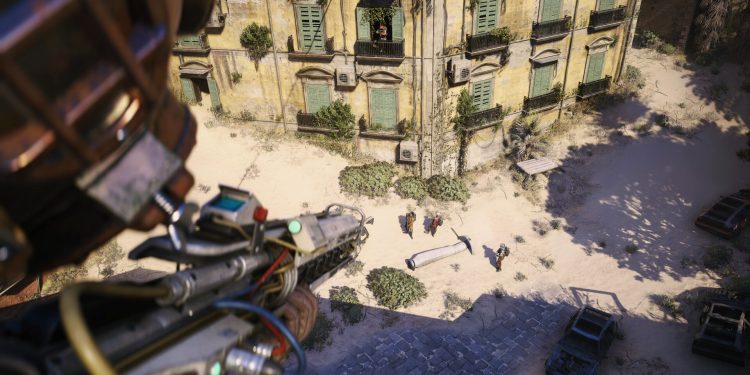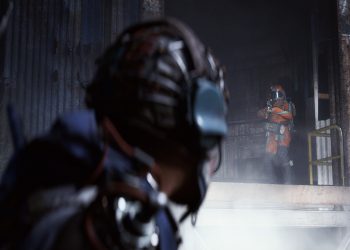Tim Sweeney stepped into the debate over generative AI and videogame voice work after critics flagged the use of AI-generated lines in Arc Raiders. He posted a thread on X that sketched a future in which AI powers “infinite, context-sensitive” dialog that is shaped and tuned by human voice actors.
The exchange began when a review of Arc Raiders called out the game for using AI voices. Sweeney replied to the review and then expanded on an optimistic scenario where AI increases productivity and competition pushes studios to build better games rather than simply cutting headcount.
Political opinions should go into op eds folks.
— Tim Sweeney (@TimSweeneyEpic) November 11, 2025
Sweeney argued that AI-generated dialogue could free writers and actors from fixed, prewritten lines, enabling games to respond to player context on the fly. He framed that possibility as an opportunity for voice actors to provide the personality and then tune the AI output.
Many in the industry are not convinced. Professional actors have resisted sharing performance data to train generative models due to the potential impact on their livelihoods. There are also publishers and studios taking varied stances, from refusing to sign games that use generative AI to publicly embracing the technology as a productivity tool.
The debate is broader than any single tweet and touches on creative control, labor, and what counts as authorship. Some executives praise AI for new possibilities in player-created content and in scaling worlds. Others warn that AI is fundamentally derivative and that its current use cases pose real risks to workers who provide the very source material on which those models depend.
That tension plays out alongside technical questions about how games run and how audio features behave for players. For a closer look at how Arc Raiders sits alongside recent multiplayer releases when it comes to performance and requirements, see our piece on Arc Raiders and Battlefield 6 and why low system demands matter here.
For now, the conversation is both practical and philosophical. Sweeney sketched a long-term, hypothetical path for combining human creativity and AI. Critics pressed him on current harms and on what protections should exist for performers during the transition. In a brief repl,y Sweeney acknowledged those concerns, saying a better solution is needed for the people affected now.
Readers can expect the debate to continue as studios experiment and as performers negotiate how, or if, their work will be used to train models. The core question remains how to balance new technical possibilities with rights and protections for the people who make games sound alive.
Join the conversation and share thoughts in the comments and follow us on X, Bluesky, and YouTube.

























